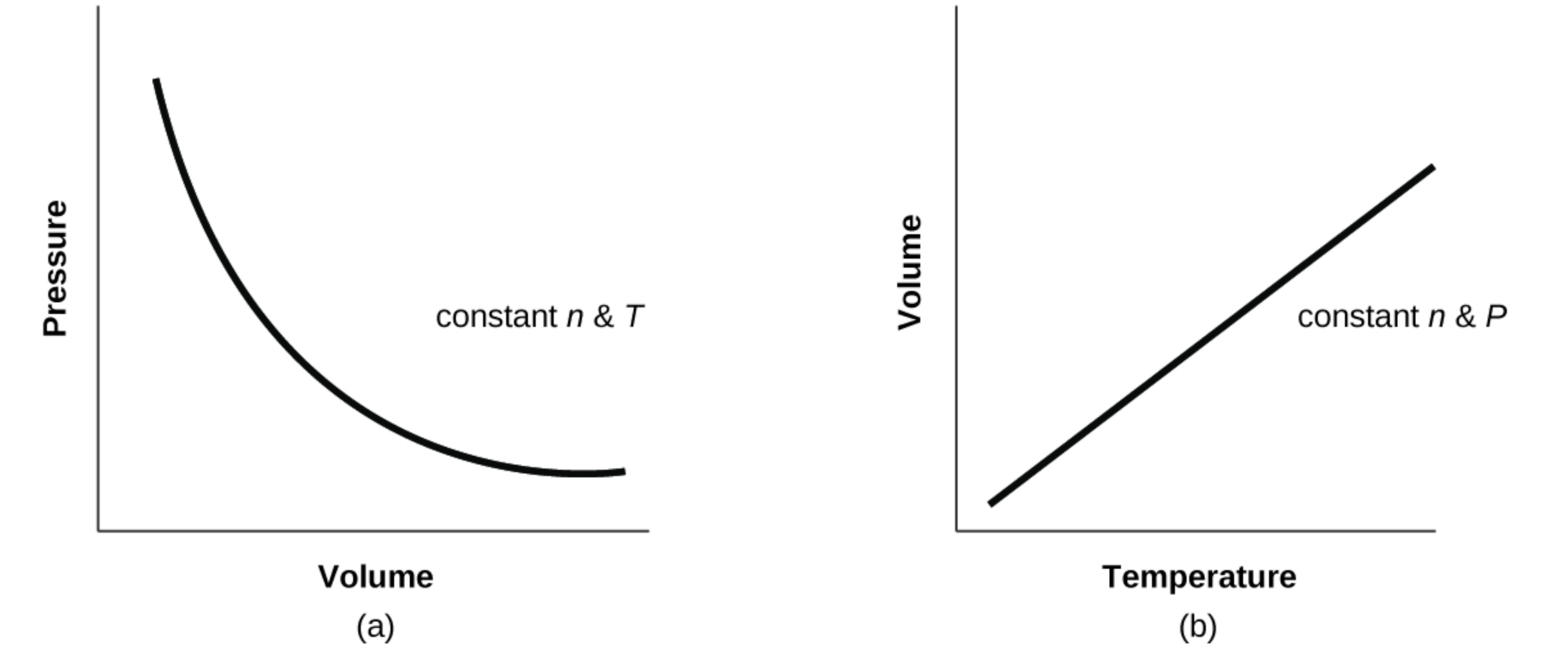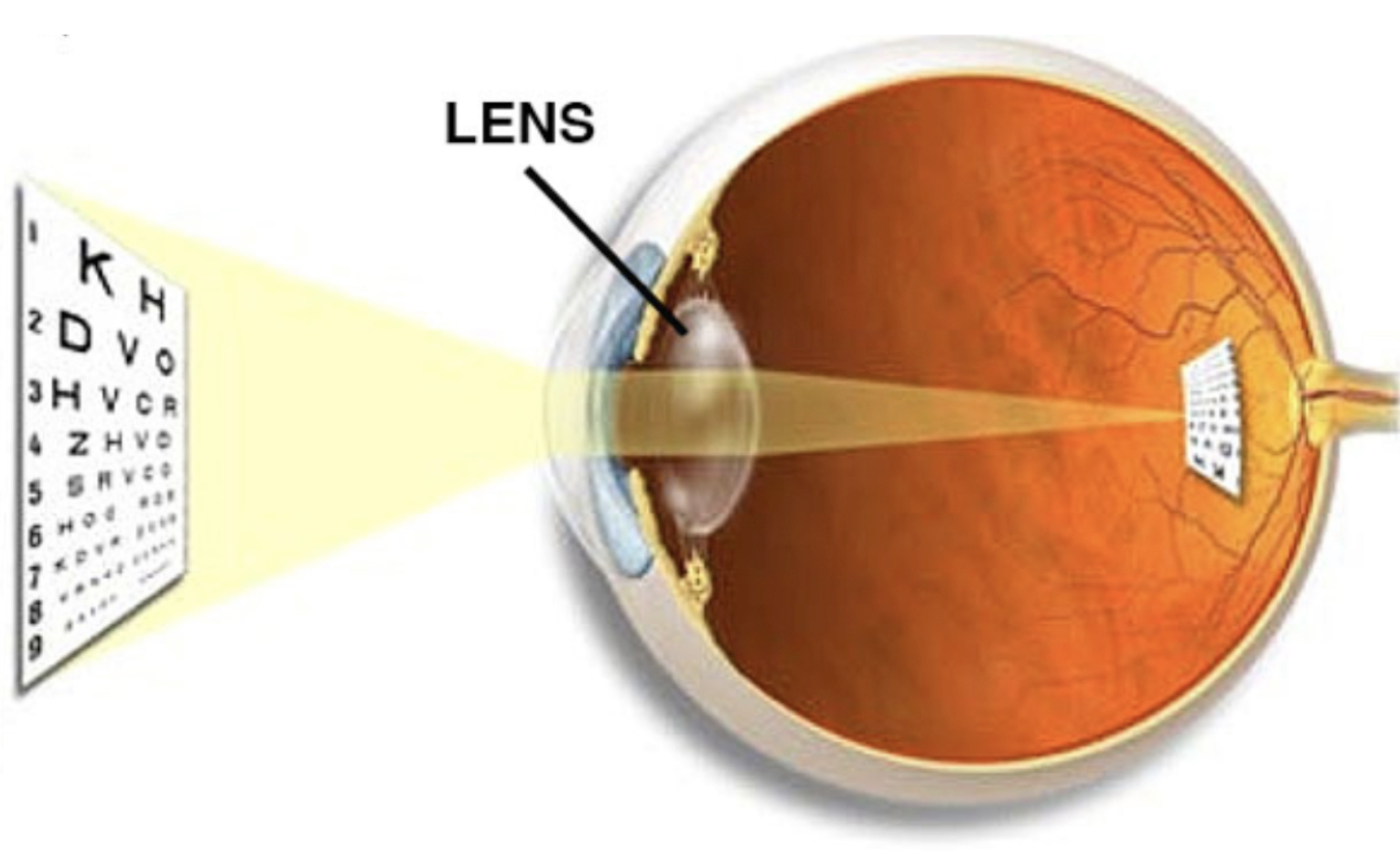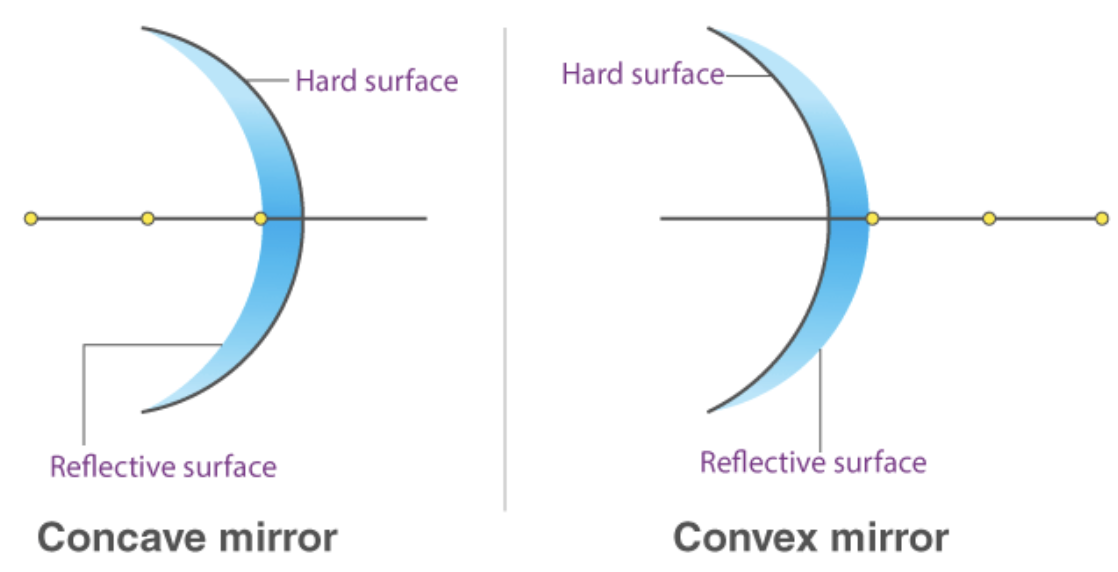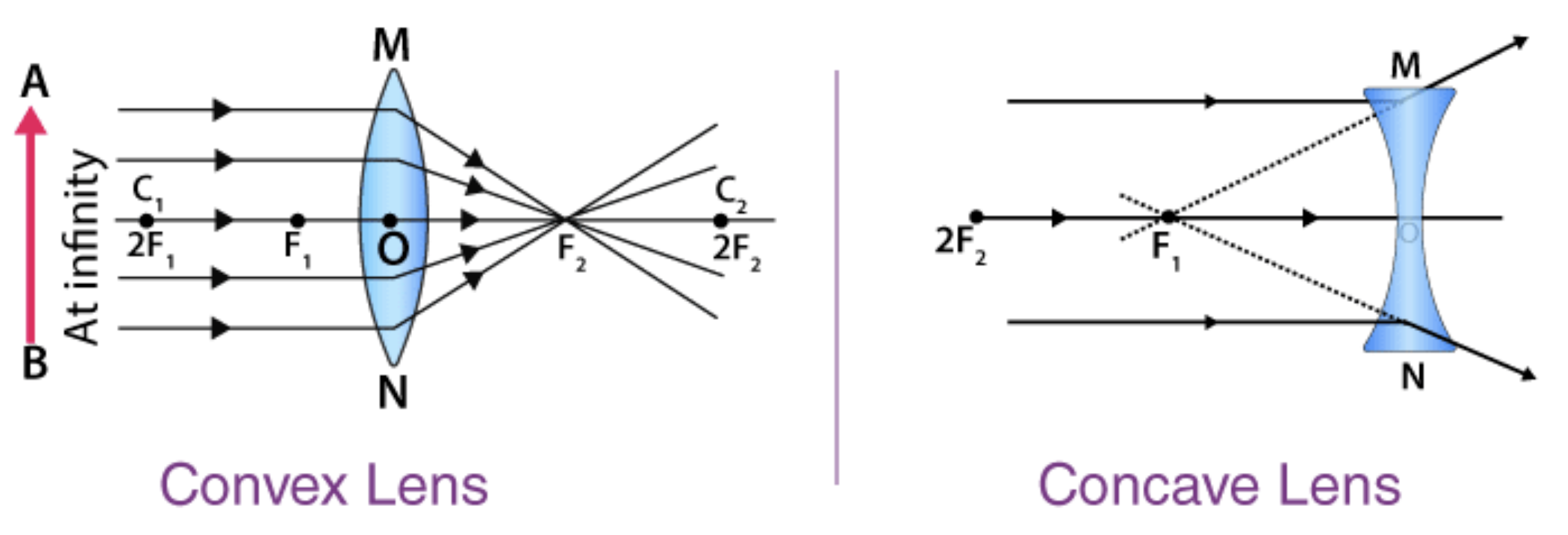Cells
Microscopes (Biology, pages 48-49)
Eyepiece Lens: You look through this lens at the top of the microscope.
Objective Lens: The lens used to focus on the object placed on the stage.
Stage: The platform where you place the object or specimen.
Clips: These hold the object or specimen in place on the stage.
Coarse Focus: Adjusts the focal distance to bring the object into general focus.
Fine Focus: Adjusts the focus more precisely for a sharper image.
Light Source/Mirror: Provides light to illuminate the object being observed.
Living Things (Biology, pages 20-40)
Seven characteristics of living organism
- Movement
- Reproduction
- Sensitivity
- Growth
- Respiration
- Excretion
- Nutrition
Cell Theory
- Cells are the basic unit of life
- All organisms consist of one or more cells
- All cells come from other cells
Cells Organelles and Structures (Biology, pages 50-54)
Cell Organelles
- Nucleus: Stores genetic information.
- Cytoplasm: The interior contents of the cell.
- Mitochondria: Produces energy for the cell.
- Cell Membrane: Separates the cell from the environment.
- Cell Wall: Rigid barrier that protects and provides structure to plant cells.
- Chloroplast: Produces food through photosynthesis in plant cells.
- Vacuole: Stores water and nutrients in plant cells.
https://www.bbc.co.uk/bitesize/guides/z77kkmn/revision/1
Plant Cells vs. Animal Cells
Plant cells have a rigid cell wall, chloroplasts for photosynthesis, and large central vacuoles for storage, which are not found in animal cells.

Energy
Renewable and Non-renewable Resources (Physics, pages 166-176)
Renewable Resources
Renewable resources will naturally replenish themselves over time, like wind, solar, plants, trees, etc.
Non-renewable Resources
Non-renewable will be gone forever once used, like coal, fuel, etc.
Energy Conversion (Physics, pages 20-32)
Energy conversion, also termed as energy transformation, is the process of changing one form of energy into another. Energy conversion occurs everywhere and every minute of the day.
For example, we put electrical energy into a bulb and the bulb produces light (which is the desired form of output from a bulb), but we also get heat from the bulb (undesired form of energy from an electric bulb).

When all forms of energy coming out of an energy conversion device are added up, it will be equal to the energy that is put into a device. Energy output must be equal to the input. This means that energy can not be destroyed or created. It can only change its form. Therefore, energy flow into and out of any energy conversion device can be summarized in the diagram below:

https://www.e-education.psu.edu/egee102/node/1937
Law of Conservation of Energy
The law of conservation of energy states that energy can neither be created nor destroyed - only converted from one form of energy to another. This means that a system always has the same amount of energy, unless it’s added from the outside.
https://energyeducation.ca/encyclopedia/Law_of_conservation_of_energy
Type of Energy (Physics, pages 20-32)
In physics, we define energy as the ability of something to do work. Energy can exist in many forms. All forms of energy are either kinetic or potential.
Forms of Energy
Electrical Energy
Thermal Energy
Light Energy
Wave Energy
Heat Energy
Hydroelectric Energy
Solar Energy
Wind Energy
Nuclear Energy
Tidal Energy
Biomass Energy
Kinetic Energy
Geothermal Energy
Kinetic Energy
- Mechanical Energy
- Electrical Energy
- Thermal Energy
- Sound Energy
- Radiant Energy
Potential Energy
- Chemical Energy
- Electric Energy
- Elastic Energy
- Gravitational Energy
https://byjus.com/physics/energy/
Particle Theory
Particle Model (Chemistry, pages 20-27)
Four Principles of the Particle Model
- All matter is made up of tiny particles known as atoms.
- Atoms of the same element are essentially identical and atoms of different elements are different.
- Particles of matter are constantly in motion. The more energy they have, the faster they move.
- There are attractive forces between particles. These forces are stronger when the particles are closer together.

Diffusion
- Diffusion is the movement of a substance from an area of high concentration to an area of lower concentration.
- Diffusion occurs in liquids and gases when their particles collide randomly and spread out.
- Diffusion is an important process for living things - it is how substances move in and out of cells.

https://www.bbc.co.uk/bitesize/articles/znqbcj6
Factors that Impact Gas Behavior
- Temperature (T)
- Volume (V)
- Pressure (P)
- Quantity (n)
- As the temperature increases, the volume of the gas also increases due to the expansion of gas molecules.
- As the temperature decreases, the volume of the gas also decreases due to the contraction of gas molecules.
- As the temperature increases, the pressure of the gas also increases due to the expansion of gas molecules.
- As the temperature decreases, the pressure of the gas also decreases due to the contraction of gas molecules.
- For converting gas either into solid or liquid, the temperature of the gas must be very low or the pressure of the gas must be very high.
- As the quantity decreases, the pressure will also decrease and with an increase in the quantity, the pressure also increases.
- For pressure to decrease, the volume and quantity of the gas should be less.
- For pressure to increase, the volume and quantity of the gas should be more.
States of Matter (Chemistry, pages 20-27)
| State | Solid | Liquid | Gas |
|---|---|---|---|
| Closeness of particles | Very close | Close | Far apart |
| Arrangement of particles | Regular pattern | Randomly arranged | Randomly arranged |
| Movement of particles | Vibrate around a fixed position | Move around each other | Move quickly in all directions |
| Energy of particles | Low energy | Greater energy | Highest energy |
Solid
- have a fixed shape and cannot flow, because their particles cannot move from place to place
- cannot be compressed (squashed), because their particles are close together and have no space to move into

Liquid
- flow and take the shape of their container, because their particles can move around each other
- cannot be compressed, because their particles are close together and have no space to move into

Gas
- flow and completely fill their container, because their particles can move quickly in all directions
- can be compressed, because their particles are far apart and have space to move into

https://www.bbc.co.uk/bitesize/guides/z93jfcw/revision/1
Pressure, Volume and Temperature Relationships (Physics, pages 124-127)
The volume of a gas is inversely proportional to its pressure and directly proportional to its temperature and the amount of gas.

Density (Chemistry, pages 188-189)
Density is a measurement that compares the amount of matter an object has to its volume.
$$
Density = \frac{Mass}{Volume}
$$
Predicting an object’s density: Objects that are more dense (heavier for their size) than water will sink, and objects that are less dense than water will float.
Senses
Human Eye and Optics (Physics, pages 150-151)

Iris
The colored part of the eye, a muscle that controls the size of the pupil

Pupil
The hole where the light goes in

Cornea
Transparent outer layer of the eye

Lens
Focuses the light onto the retina, together with the cornea

Retina
Where the image forms, contains light-sensitive cells that produce a signal

Optic Nerve
Transfers the signal from the retina to the brain

Concave & Convex Mirrors

Concave Mirror Image Formation Summary
| S. No | Position of Object | Position of Image | Size of Image | Nature of Image |
|---|---|---|---|---|
| 1 | Object at Infinity | At the Focus | Highly Diminished | Real and Inverted |
| 2 | Object Beyond the Centre of Curvature | Between the Centre of Curvature and Focus | Diminished | Real and Inverted |
| 3 | Object at the Centre of Curvature or Focus | At the Centre of Curvature | Same Size | Real and Inverted |
| 4 | Object Between the Centre of Curvature and Focus | Behind the Centre of Curvature | Enlarged | Real and Inverted |
| 5 | Object at the Focus | At Infinity | Highly Enlarged | Real and Inverted |
| 6 | Object Between the Focus and the Pole | Behind the Mirror | Enlarged | Virtual and Erect |
Convex Mirror Image Formation Summary
| S. No | Position Of Object | Position of Image | Size of Image | Nature of Image |
|---|---|---|---|---|
| 1 | At Infinity | At the focus F, behind the mirror | Highly diminished | Virtual and Erect |
| 2 | Between Infinity and the Pole | Between P and F, behind the mirror | Diminished | Virtual and Erect |
https://byjus.com/physics/concave-convex-mirrors/
Concave & Convex Lenses

Image Formation by Concave Lens
| Object Location | Image Location | Image Nature | Image Size |
|---|---|---|---|
| Infinity | At F1 | Virtual and Erect | Highly diminished, point-sized |
| Beyond Infinity and Optical Centre | Between Focus (F1) and Optical center (O) | Virtual and Erect | Diminished |


Image Formation by Convex Lens
| Object location | Image location | Image nature | Image size |
|---|---|---|---|
| Infinity | At F2 | Real and Inverted | Diminished, point sized |
| Beyond 2F1 | Between 2F2 and F2 | Real and Inverted | Diminished |
| Between 2F1 and F1 | Beyond 2F2 | Real and Inverted | Enlarged |
| At F1 | At infinity | Real and Inverted | Infinitely large or highly enlarged |
| At 2F1 | At 2F2 | Real and Inverted | Same size |
| Between F1 and 0 | On the same side as the object | Virtual and Erect | Enlarged |






https://byjus.com/physics/concave-convex-lenses/
Optical Instruments
Microscope
A microscope is an instrument that can be used to observe small objects, even cells. The image of an object is magnified through at least one lens in the microscope. This lens bends light toward the eye and makes an object appear larger than it actually is.

Telescope
Telescopes are meant for viewing distant objects, producing an image that is larger than the image that can be seen with the unaided eye. Telescopes gather far more light than the eye, allowing dim objects to be observed with greater magnification and better resolution.

Human Ear and Hearing (Physics, pages 52-53)

Outer Ear
- Pinna: The visible part of the ear that protrudes from the head. It collects sound waves and directs them into the ear canal.
- Auditory Canal: A tube that carries sound waves from the pinna to the eardrum.
Middle Ear
- Eardrum (Membrane): A thin membrane that vibrates in response to sound waves, transmitting these vibrations to the ossicles.
- Ossicles: Three tiny bones (malleus, incus, and stapes) that amplify and transmit vibrations from the eardrum to the inner ear.
- Malleus (Hammer)
- Incus (Anvil)
- Stapes (Stirrup)
- Eustachian Tube: A tube that connects the middle ear to the back of the nose and throat, helping to equalize pressure on both sides of the eardrum.
Inner Ear
- Cochlea: A spiral-shaped organ that converts sound vibrations into electrical signals. These signals are sent to the brain via the auditory nerve.
- Semicircular Canals: Three looped tubes filled with fluid that help maintain balance by detecting head movements.
- Vestibule: The central part of the inner ear that contains the saccule and utricle, which are responsible for detecting linear movements and head position.
- Auditory Nerve: A nerve that carries electrical signals from the cochlea to the brain for interpretation.
Functions of the Components of the Human Ear
- Pinna: Collects and funnels sound waves into the ear canal.
- Auditory Canal: Directs sound waves to the eardrum and protects the middle and inner ear.
- Eardrum: Vibrates in response to sound waves, initiating the process of sound transmission.
- Ossicles: Amplify and transfer vibrations from the eardrum to the inner ear.
- Eustachian Tube: Balances air pressure in the middle ear with the external environment, allowing the eardrum to vibrate properly.
- Cochlea: Converts mechanical sound vibrations into electrical signals that can be processed by the brain.
- Semicircular Canals: Detect rotational movements of the head, helping to maintain balance.
- Vestibule: Detects linear movements and head position, contributing to balance.
- Auditory Nerve: Transmits auditory information from the cochlea to the brain for hearing perception.
Common Ear Problems: Causes and Effects
1. Otitis Media (Middle Ear Infection)
- Cause: Bacterial or viral infections, often following a cold or respiratory infection.
- Effects: Ear pain, fluid buildup, hearing loss, fever, and in severe cases, eardrum perforation.
2. Otitis Externa (Swimmer’s Ear)
- Cause: Bacterial infection of the outer ear canal, often due to water exposure.
- Effects: Ear pain, itching, redness, swelling, and discharge.
3. Tinnitus
- Cause: Exposure to loud noise, ear infections, earwax buildup, age-related hearing loss, and certain medications.
- Effects: Ringing, buzzing, or roaring sounds in the ear that can be continuous or intermittent.
4. Hearing Loss
- Cause: Aging (presbycusis), noise exposure, infections, genetics, and ototoxic medications.
- Effects: Difficulty hearing, need for increased volume on devices, social withdrawal, and communication challenges.

